20 Women Who Rewrote the Rules of Rock Music
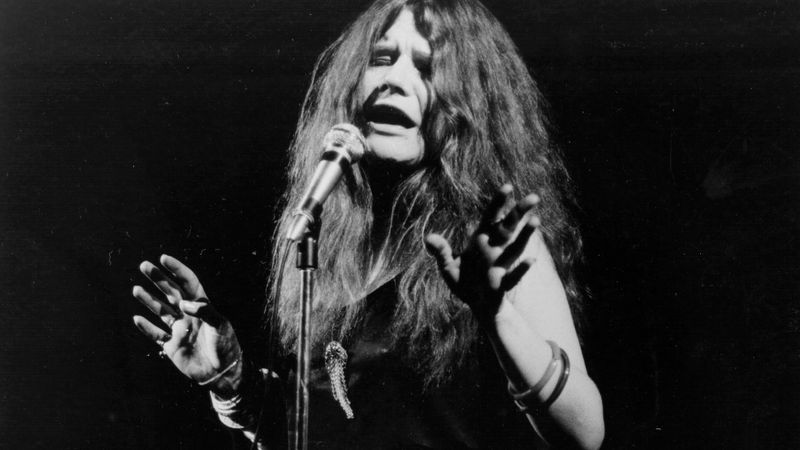
Rock music wasn’t just built by men with guitars – women have been breaking barriers and rewriting the rules since day one. These groundbreaking ladies didn’t just participate in rock music; they transformed it with their bold voices, innovative sounds, and refusal to be sidelined. From gospel-influenced guitar pioneers to punk provocateurs, each woman on this list carved her own path and left an indelible mark on music history.
1. Sister Rosetta Tharpe: The Godmother of Rock ‘n’ Roll
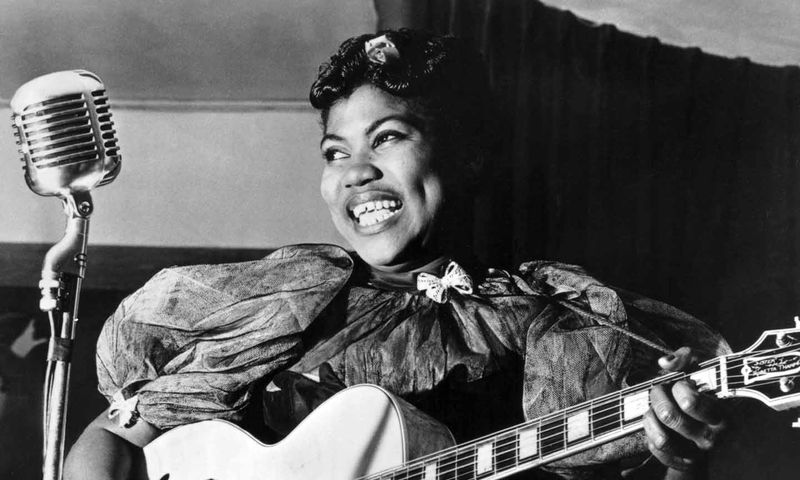
Long before Elvis or Chuck Berry, Sister Rosetta Tharpe was playing electric guitar and fusing gospel with rhythm and blues in ways that would birth rock ‘n’ roll. Her fingers flew across the fretboard in the 1930s and 40s when women were expected to sing sweetly, not shred on guitar.
A gospel singer who could make her instrument talk to the heavens, Tharpe influenced everyone from Little Richard to Johnny Cash. Her 1944 hit “Strange Things Happening Every Day” is considered by many historians to be the first rock and roll record ever recorded. Without her revolutionary approach, rock music might have evolved very differently – if at all.
2. Janis Joplin: Raw Emotional Powerhouse
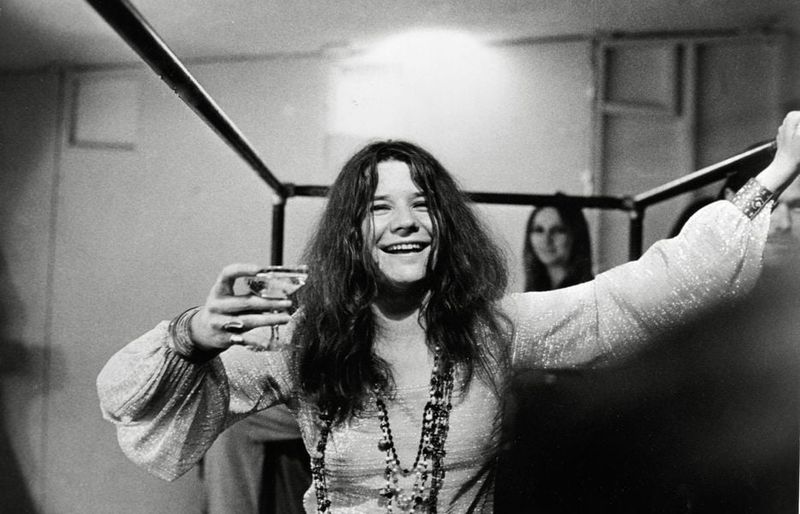
With her raspy, soulful wail and unfiltered stage presence, Janis Joplin shattered expectations of how women in rock should perform. Her voice carried the weight of blues traditions while her free-spirited persona embodied the counterculture revolution of the 1960s.
As the frontwoman of Big Brother and the Holding Company and later as a solo artist, Joplin poured every ounce of herself into performances, refusing to hold back emotionally or creatively. Songs like “Piece of My Heart” and “Me and Bobby McGee” showcase her ability to transform personal pain into universal expression. Though her life was tragically cut short at 27, Joplin’s fierce authenticity forever changed what female vocalists could express on stage.
3. Tina Turner: The Queen of Rock ‘n’ Roll
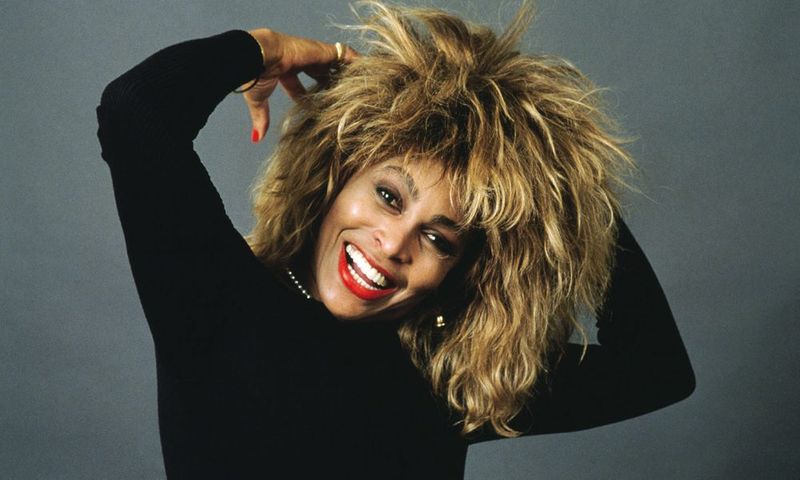
Tina Turner’s journey from backup singer to global superstar represents one of rock’s greatest second acts. After escaping an abusive marriage to musical partner Ike Turner, she reinvented herself in the 1980s with a rock edge that defied industry expectations for a woman in her 40s.
Her gravelly voice, athletic dancing, and electric stage presence made hits like “What’s Love Got to Do With It” and “Simply the Best” anthems of female empowerment. Turner brought raw sensuality and unstoppable energy to performances when the industry wanted to write her off as past her prime. Her comeback story remains one of music’s most inspiring tales of resilience and artistic rebirth.
4. Patti Smith: Punk Poet Priestess
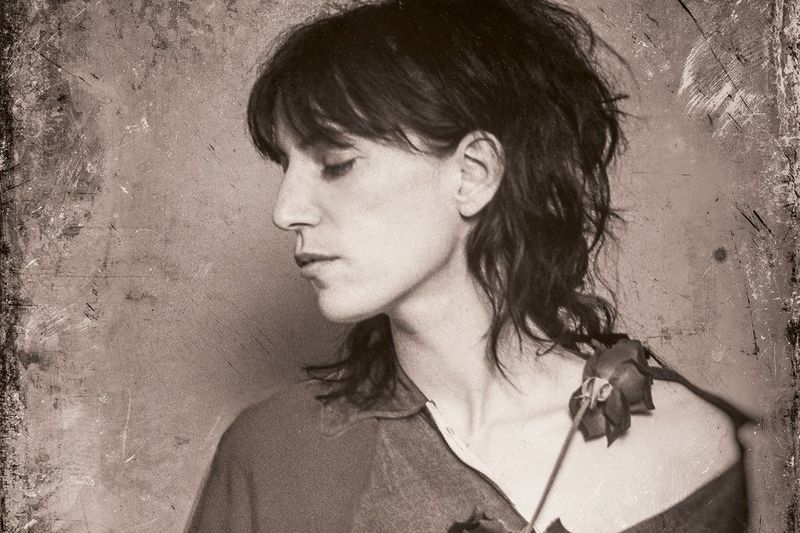
Merging poetry with primitive rock, Patti Smith created a new template for artists who refused to separate intellectual depth from raw musical power. Her 1975 debut album “Horses” opened with a declaration – “Jesus died for somebody’s sins, but not mine” – announcing a voice that answered to no authority but her own creative vision. Smith’s androgynous appearance and literary approach to songwriting challenged both gender norms and musical conventions.
She brought the influence of Rimbaud and Blake to three-chord rock, elevating the form while maintaining its rebellious spirit. Five decades into her career, Smith remains a beacon for artists who view rock as a vehicle for poetic and political expression.
5. Grace Slick: Acid Rock Visionary
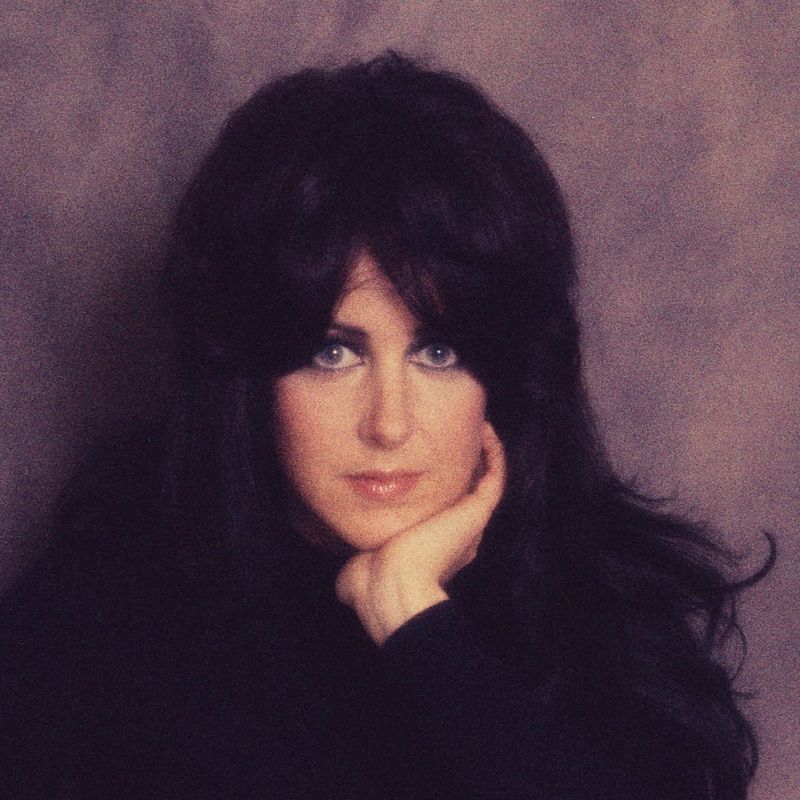
With her thunderous voice and mind-expanding lyrics, Grace Slick helped transform rock from dance music to consciousness-altering art form. As the vocal powerhouse behind Jefferson Airplane, she delivered psychedelic anthems like “White Rabbit” and “Somebody to Love” that became soundtracks to the Summer of Love. Slick brought operatic range and fearless intensity to rock vocals when most female singers were expected to be demure.
Her commanding presence and intellectual approach to songwriting made her a perfect voice for the revolutionary spirit of the late 1960s. Unlike many of her contemporaries, she navigated fame without losing her biting wit or willingness to challenge authority figures – including when she planned to spike President Nixon’s tea with LSD.
6. Wendy O. Williams: Shock Rock Pioneer
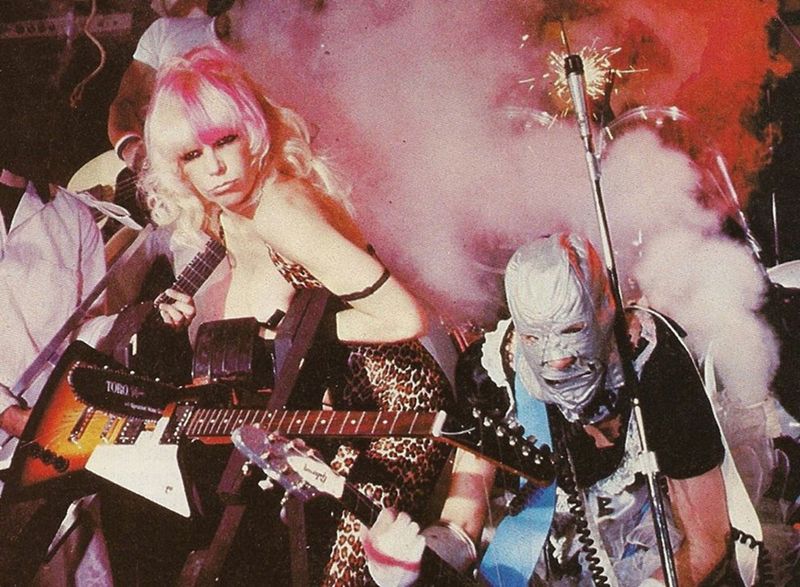
No woman pushed the boundaries of rock performance further than Wendy O. Williams. As the mohawked frontwoman of the Plasmatics, she took theatrical rock to extremes – chainsawing guitars in half, blowing up cars on stage, and performing in outfits made of little more than electrical tape and shaving cream. Williams’ aggressive vocal style and confrontational stage presence challenged every notion of how women should behave in music.
Behind the spectacle was a disciplined performer with a strict vegetarian lifestyle and deep environmental concerns. Her fearless approach earned her a Grammy nomination and the title “Queen of Shock Rock,” proving that women could be just as dangerous and boundary-pushing as any male performer.
7. Suzi Quatro: Leather-Clad Bass Pioneer
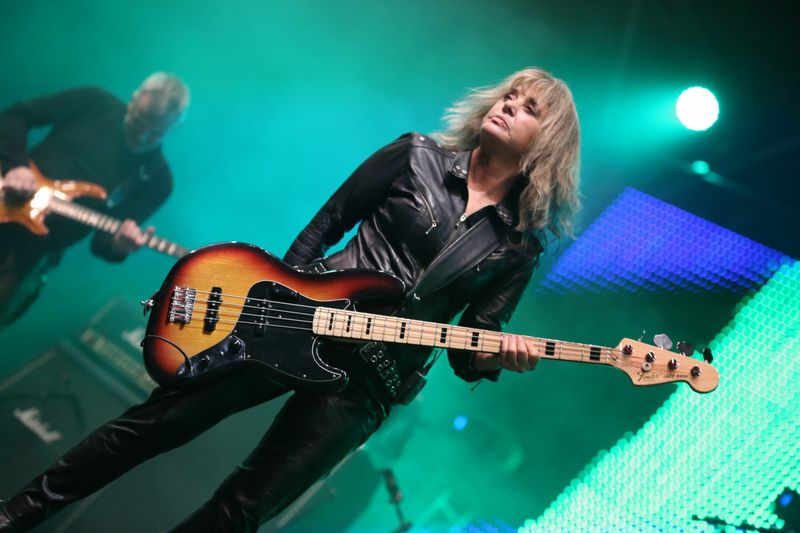
Before Joan Jett or the Runaways, Suzi Quatro proved women could rock as hard as men – and play bass while doing it. Clad in leather jumpsuits and wielding her instrument with authority, the Detroit-born rocker became a sensation in the UK in the early 1970s with hits like “Can the Can” and “Devil Gate Drive.”
Quatro refused to be marketed as a sex symbol or novelty act, insisting on being recognized as a serious musician. Her no-nonsense approach and technical skill opened doors for countless women who wanted to be instrumentalists rather than just singers in rock bands. Though underappreciated in her American homeland, her influence echoes through generations of female rockers who followed her leather-booted footsteps.
8. Joan Jett: Bad Reputation Breaker
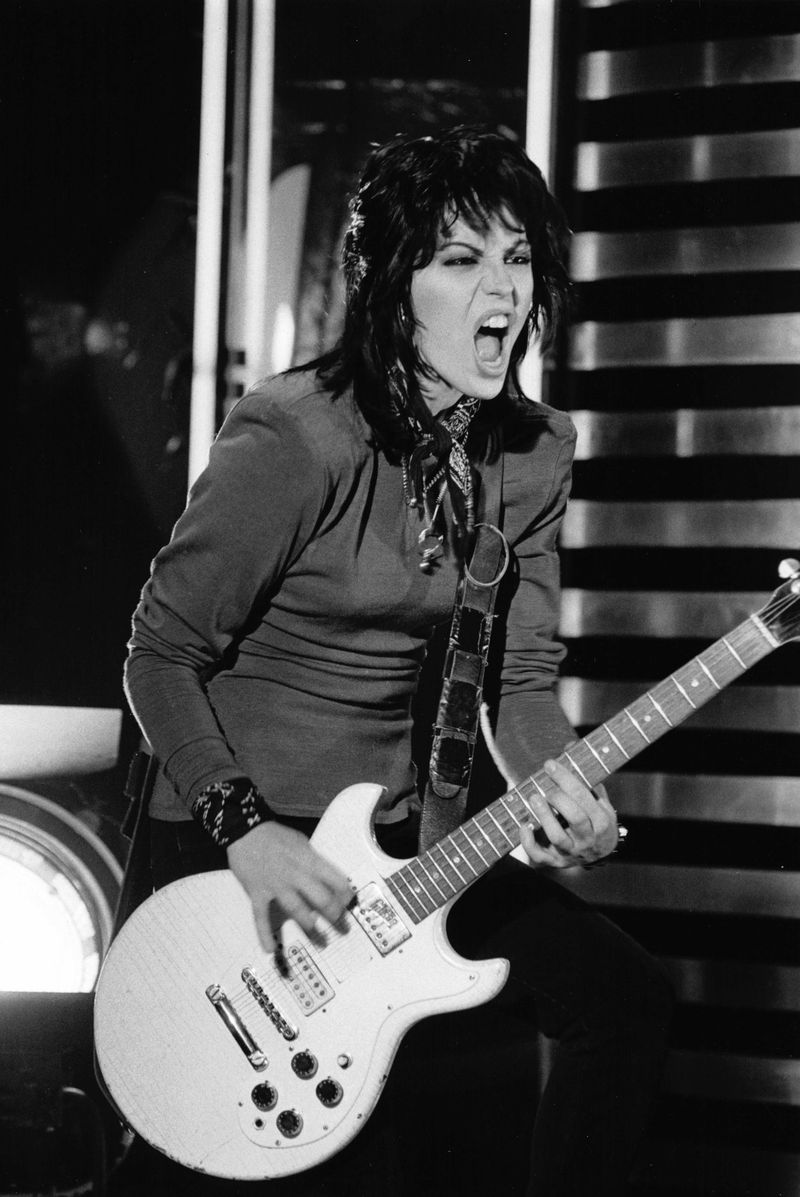
When record labels rejected her debut album, Joan Jett didn’t give up – she founded Blackheart Records and released it herself. This DIY spirit embodied everything about Jett, from her straightforward power chord approach to her uncompromising image. After facing sexism in her first band, the Runaways, Jett forged ahead with the Blackhearts, scoring massive hits with “I Love Rock ‘n’ Roll” and “Bad Reputation.”
Her distinctive voice – part sneer, part battle cry – became the sound of female defiance in rock. Through four decades of performing, Jett has maintained her leather-and-studs authenticity while becoming a respected elder stateswoman of rock who mentors younger artists.
9. Siouxsie Sioux: Gothic Post-Punk Innovator
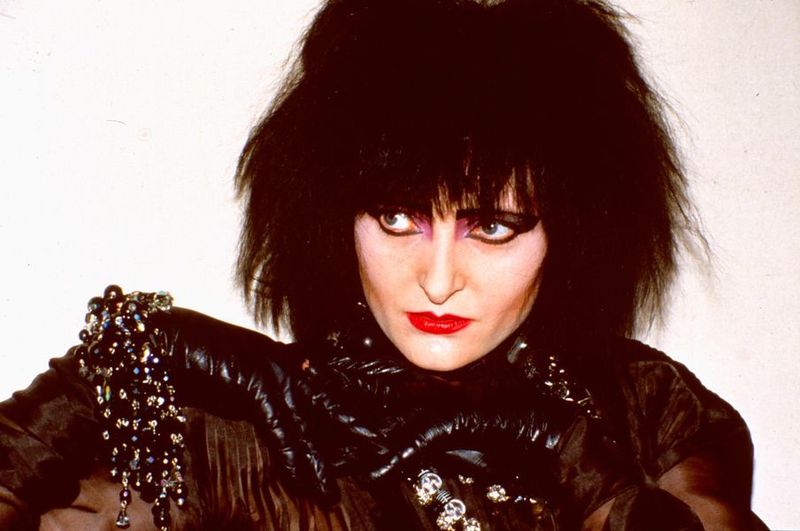
Emerging from London’s punk scene with dramatic makeup and an otherworldly stage presence, Siouxsie Sioux created a new archetype for women in alternative music. As leader of Siouxsie and the Banshees, she combined punk’s energy with experimental sounds, tribal rhythms, and haunting vocals to create post-punk and early goth rock.
Siouxsie refused to be defined by her gender, creating an artistic persona that was simultaneously feminine and intimidating. Her distinctive vocal style – commanding, detached, and capable of sudden emotional plunges – influenced countless singers across multiple genres. From early punk provocations to sophisticated art-rock, her four-decade career demonstrated how women could evolve artistically while maintaining complete creative control.
10. Chrissie Hynde: Rock’s Uncompromising Songwriter

With her distinctive voice and razor-sharp songwriting, Chrissie Hynde proved women could lead bands on their own terms. As the founder and only constant member of The Pretenders, she crafted perfect rock songs that balanced tough attitude with vulnerable emotion. Hynde’s approach to guitar playing – rhythmically precise and melodically inventive – established her as a musician’s musician.
Unlike many female artists, she refused to soften her image or sound to achieve commercial success, maintaining an authentic rock ‘n’ roll edge throughout her career. Her songwriting on classics like “Brass in Pocket” and “Back on the Chain Gang” revealed a distinctive voice that could capture complex relationships and personal resilience in three-minute masterpieces.
11. Ann Wilson: Rock’s Powerful Vocal Force
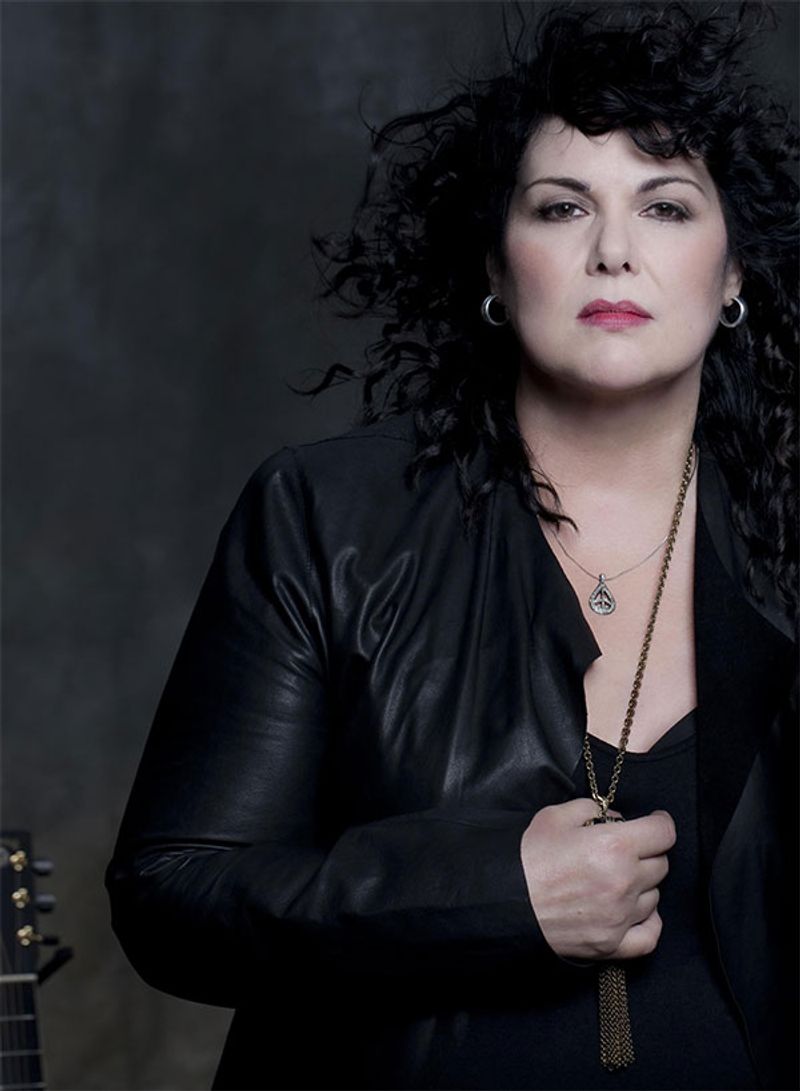
Possessing one of rock’s most powerful voices, Ann Wilson shattered the stereotype that women couldn’t match male vocalists in range and intensity. As the lead singer of Heart, she could whisper, soar, and roar – sometimes all within the same song. Wilson’s vocal performances on classics like “Barracuda” and “Crazy on You” demonstrated technical mastery and emotional depth that few singers of any gender could match.
Along with her sister Nancy, she fought to be taken seriously in an industry that initially tried to market them based on their appearance. Her operatic range and blues-rock sensibility created a template for generations of rock vocalists who followed, proving women’s voices belonged at the center of hard rock.
12. Nancy Wilson: Acoustic-Electric Guitar Virtuoso
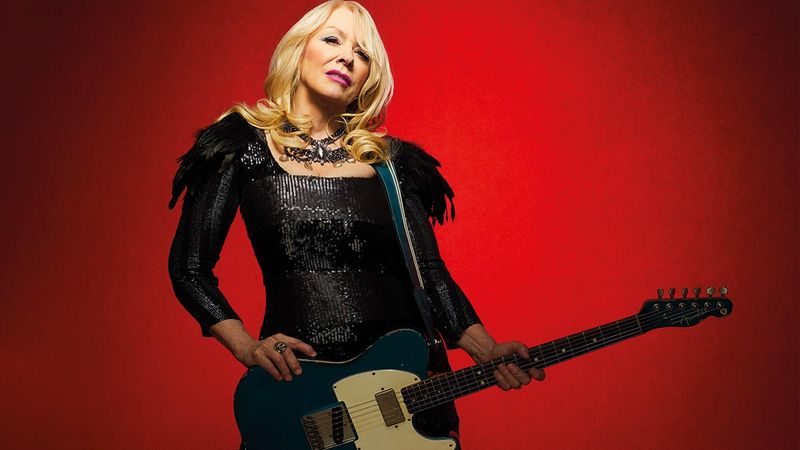
While her sister Ann commanded attention with powerful vocals, Nancy Wilson revolutionized the role of women as rock guitarists. Her mastery of both acoustic fingerpicking and electric power chords created Heart’s signature sound – a blend of folk delicacy and hard rock muscle. Wilson’s iconic acoustic intro to “Crazy on You” and the thundering riffs of “Barracuda” demonstrated her versatility and technical skill.
Beyond guitar work, she emerged as a crucial songwriter for the band, helping craft their most enduring hits. Her ability to move seamlessly between gentle ballads and arena rock anthems established a new template for guitarists who refused to be limited by genre expectations or gender stereotypes.
13. Lita Ford: Heavy Metal Guitar Heroine
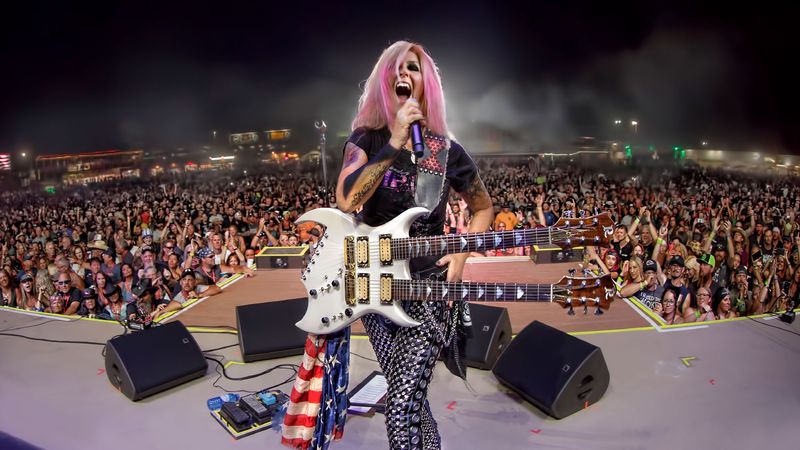
From teenage Runaway to solo metal queen, Lita Ford kicked down doors for women in the most male-dominated genre of rock. After cutting her teeth in the pioneering all-female rock band The Runaways, Ford embraced heavy metal in the 1980s when virtually no women were recognized as serious players in the genre.
Her shredding guitar solos and leather-clad image challenged the notion that women couldn’t handle the technical demands or aggressive energy of metal. Hits like “Kiss Me Deadly” and “Close My Eyes Forever” showcased both her instrumental prowess and distinctive vocal style. Ford’s success proved women could thrive in heavy music without compromising their femininity or technical standards.
14. Kim Gordon: No-Wave Noise Innovator
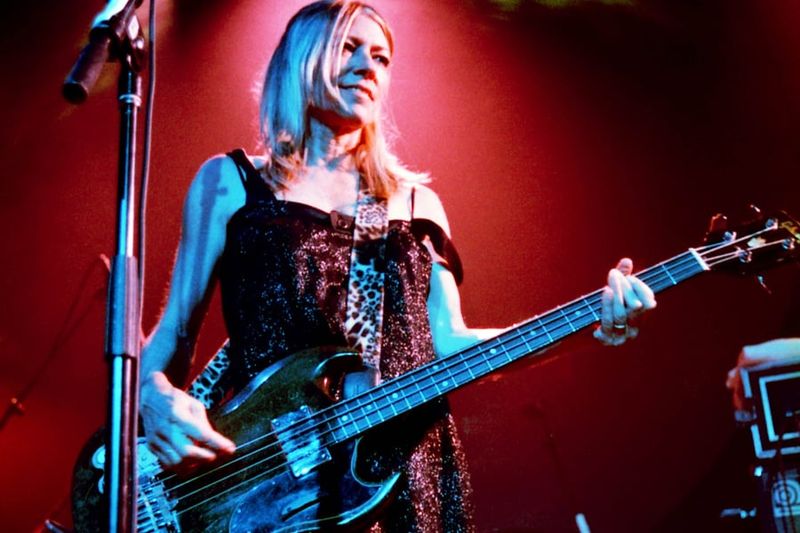
As bassist, vocalist, and co-founder of Sonic Youth, Kim Gordon helped create alternative rock while rejecting rock star conventions. Her deadpan vocal delivery and experimental approach to bass playing became integral to the band’s dissonant sound, influencing countless artists across indie rock and noise music.
Gordon brought feminist perspectives to underground rock, addressing issues of gender and power in songs like “Kool Thing” decades before it was common. Her visual art background informed her approach to music as conceptual expression rather than technical display. Beyond musical contributions, her cool, intellectual presence provided an alternative model for women in rock – one based on artistic integrity rather than commercial appeal or conventional notions of femininity.
15. Kathleen Hanna: Riot Grrrl Revolutionary

“Girls to the front!” With that battle cry, Kathleen Hanna launched a revolution in punk rock that centered women’s experiences and rage. As the frontwoman of Bikini Kill, she pioneered the Riot Grrrl movement, creating spaces where young women could express themselves without male domination. Hanna’s raw, confrontational vocal style and politically charged lyrics addressed sexual assault, patriarchy, and female solidarity with unprecedented directness.
Her DIY approach extended beyond music to zines and activism, creating networks of feminist punk communities across America. Through later projects like Le Tigre, she continued evolving musically while maintaining her commitment to feminist politics, influencing generations of artists both musically and ideologically.
16. Dolores O’Riordan: Celtic Rock Voice of Generation X
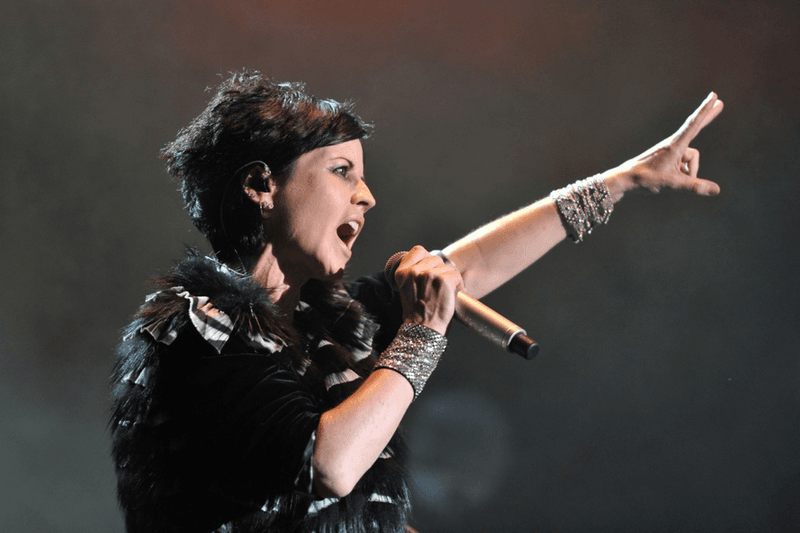
With her distinctive lilting voice and unflinching lyrics, Dolores O’Riordan gave The Cranberries a sound unlike any other rock band of the 1990s. Her vocal style – which could shift from ethereal whisper to banshee wail – incorporated Irish folk influences into alternative rock, creating something entirely original.
O’Riordan wrote fearlessly about personal pain and political conflict, addressing Ireland’s Troubles in “Zombie” and depression in “Ode to My Family.” Her unfiltered emotional delivery connected with millions of listeners who found their own struggles reflected in her vulnerability. Though she struggled with mental health issues throughout her life, O’Riordan’s powerful voice provided catharsis for a generation navigating the complexities of modern life.
17. Gwen Stefani: Ska-Punk Fashion Innovator
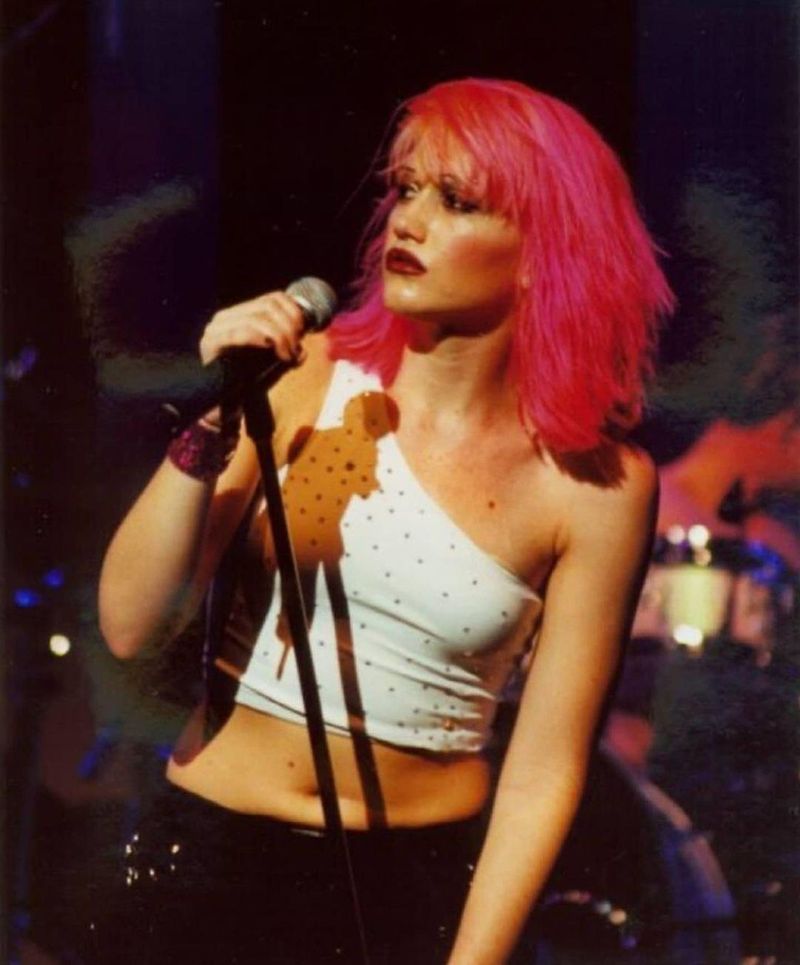
Before becoming a solo pop star, Gwen Stefani revolutionized what a frontwoman could be in the male-dominated 1990s rock scene. As the lead singer of No Doubt, she brought feminine energy to ska-punk while refusing to be sidelined or sexualized on anyone’s terms but her own. Stefani’s distinctive voice – part valley girl, part punk snarl – perfectly delivered lyrics about relationship power struggles and gender expectations.
Her bold fashion sense, blending vintage Hollywood glamour with street style and athletic wear, created a visual identity as distinctive as the band’s sound. Her evolution from Orange County punk clubs to global pop stardom demonstrated how women could navigate commercial success without sacrificing their artistic voice.
18. Courtney Love: Grunge’s Controversial Queen
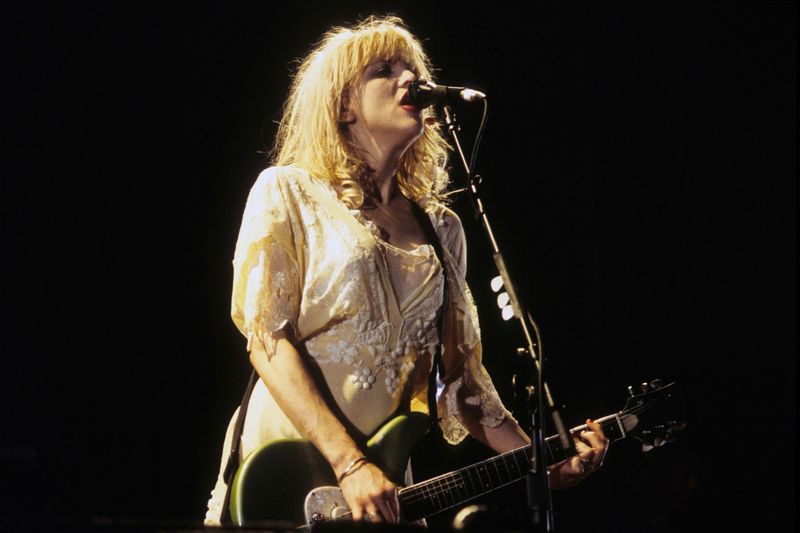
Few women in rock have generated more passion – both adoration and criticism – than Courtney Love. As the frontwoman of Hole, she delivered raw, confessional lyrics with a scream that embodied female rage in the grunge era. Love’s confrontational stage presence and unfiltered public persona challenged expectations of how women in rock should behave.
Albums like “Live Through This” combined punk aggression with pop hooks and brutally honest explorations of beauty standards, motherhood, and addiction. Despite media attempts to define her primarily through her relationship with Kurt Cobain, Love’s musical legacy stands on its own – a fearless voice that refused to soften her expression or apologize for taking up space in rock.
19. Hayley Williams: Pop-Punk Vocal Powerhouse

Entering the male-dominated pop-punk scene as a teenager, Hayley Williams turned Paramore from a novelty into one of the genre’s most respected acts through sheer talent and determination. Her powerful voice – capable of both vulnerability and fierce intensity – made hits like “Misery Business” and “Ain’t It Fun” instantly recognizable.
Williams evolved from the scene’s token girl to one of rock’s most dynamic frontwomen, known for her high-energy performances and ever-changing hair colors. As her songwriting matured, she addressed mental health struggles and gender politics with increasing directness. Her journey from teenage phenomenon to respected veteran demonstrated how women could grow artistically within rock while building sustainable careers on their own terms.
20. Gina Birch: Post-Punk Feminist Pioneer

As co-founder of The Raincoats, Gina Birch helped create a new kind of feminist rock that valued expression over technical precision. Her self-taught bass playing and unpolished vocals embodied punk’s DIY ethos while pushing toward more experimental sonic territories. The Raincoats’ deconstructed sound challenged rock conventions, replacing virtuosity with vulnerability and authenticity.
Birch’s lyrics explored female experiences with honesty and complexity, addressing subjects from menstruation to emotional labor decades before such topics became common in music. Beyond music, her work as a filmmaker and visual artist extended her feminist vision across multiple mediums, cementing her legacy as an interdisciplinary creative force in post-punk culture.

Comments
Loading…